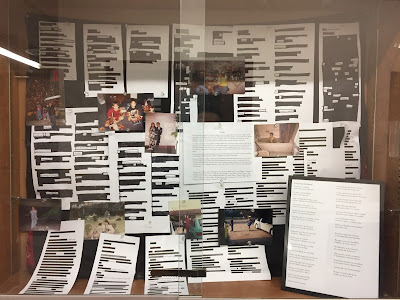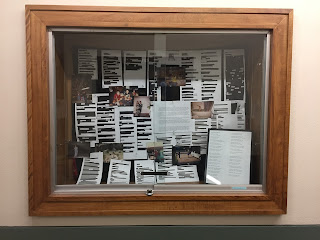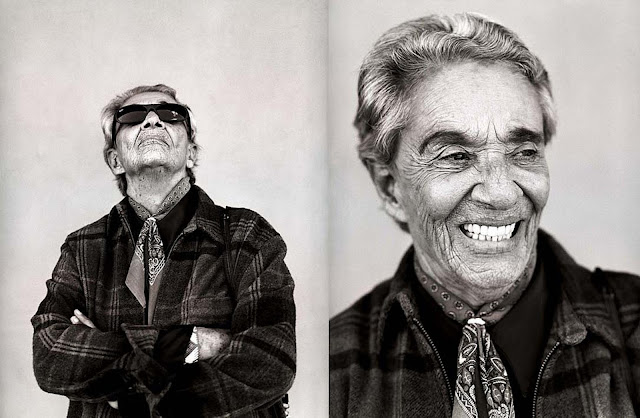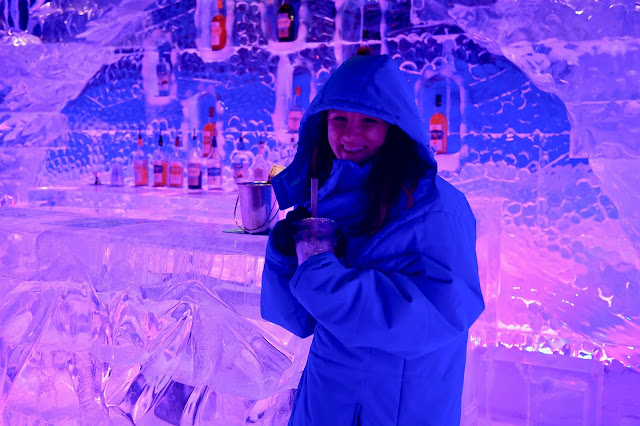Preface:
Friends, family,
people I’ve loved have always noted my recall ability. Some find it strange,
others impressive—interesting—even neurotic. I’ve always had a great memory. I
don’t know if it’s all that special. It’s been, to me, born of a repetitive
quality I have: to read and reread things for weeks, months at a time; or to
remember and re-remember recent and old experiences I’ve had.
During the mornings, I wonder, sometimes,
what other people’s morning routines are—if, as soon as they wake up, they check the
news, go on social media, roll over and kiss their partner. For me, memory is
the thing I always do in the morning. I always go back to the things I’ve been
reading, taking in the words for the second, third, fourth time. Or some days I
just go out and walk, and think about experiences I can’t forget.
In this cabinet are
both of these things: poems I’ve read and reread over and over, and turned into
a found poem. And photos from my life: of experiences I always think about.
Doing both of these
things—reading and remembering—feels like seeing someone you love after a
period of time away, and there’s that small, churning anxiousness you have,
wondering what has changed since the last time you saw them. I can’t say that
revisiting writing or remembering your life is exactly the same as seeing the
person you love; but it feels a lot like it. And so, perhaps, memory is a lot
like love.
Poems used: “A Short
Story of Falling” by Alice Oswald, “White Dog” by Carl Phillips, “Entrance” by
Rainer Maria Rilke, “Essay on Craft” by Ocean Vuong, “To the Dead” by Frank
Bidart, “Still Fallng for Her” by Sharon Olds, “Writing ‘Ellen West’” by Frank
Bidart, “Didactic Elegy” by Ben Lerner, “Untitled” by Eileen Myles, “Her
Birthday as Ashes in Seawater” by Sharon Olds, “Rain Coming In” by John
Ashbery, “Custom” by Carl Phillips

A Love Story for Memory
It is the
story of falling
to flow
green and momentary
If only I
could find lifting
rain to
release her into:
This is
nothing like wanting, losing
Oh, yes,
released: I’d understand her better.
She
wouldn’t come back, as if
our home
was the last home before
the
threshold, before the lifting sky.
And no one
else could come. Yes
I’d build a
cage of eyes, fingers, a throat
—god, I’d
be done. I’d be human
*
I hope I
existed—the intricately
dreamed
structure that displeases,
disappoints
you. This is not wisdom,
or
self-pity. Falling for her is
the
glimpses of, moments
alone, pen
& vocabulary, at the table
I picture
her at the edge of a ship
listening
to hear anything
Music,
rocks falling, my own flesh
Who is she,
that thing inside me that has
stored so
much—obsessed with my
journey
& progress till I reach at last:
my body
(hiding, adored, stupid).
She has so
thoroughly told me
to feel
because I felt. I didn’t
want to
but she wanted it lifted
from my
mind, the thousand
myriad
voices in my head
she
incarnated like pajamas without
a body
moving down the stairs, collapsing
As towers
collapse, this
is the
image, repeated, producing anxiety
but she
remembers the image, like
works of
art the experience is sad
but
reveals: hope. But hope
(like a
gaze) is the act of violence
not aware
of its violence. When I think
about that
mess, I think of us, pulled
to the
irreducible nothing—
Nothing to
grieve, nothing to fear.
Natives of
this place made of blood
hair,
teeth, meat.
*
Her and me
apart like someone
on this
great planet and the truth.
We hang
on, in our own infamy
Humility—it’s
all we can do.
But this
home, to be from and
have
people ask about is not
Mere
memory. Its love is dramatic,
as it
should be. I look for memory
Everywhere,
because it is everywhere
to be
found. I know, I know better,
And
should;—but I call it sacrifice:
the way
you look at this poem
so that
you can set it free.




